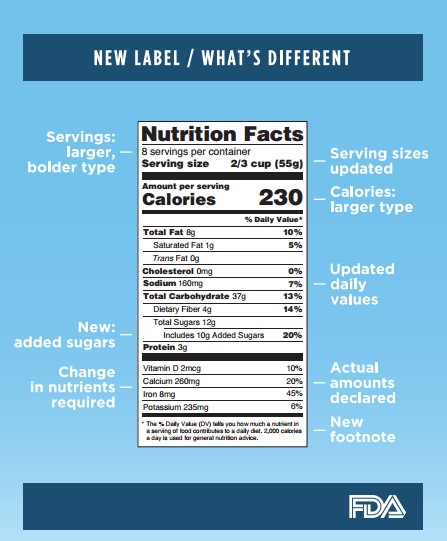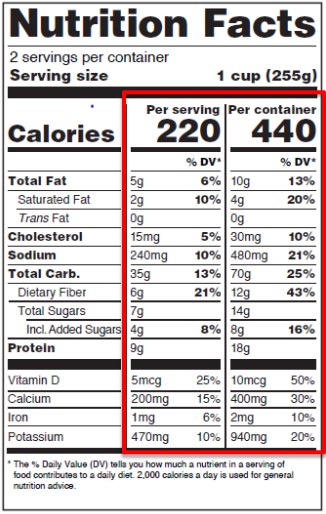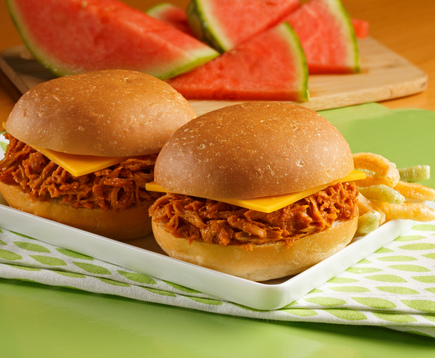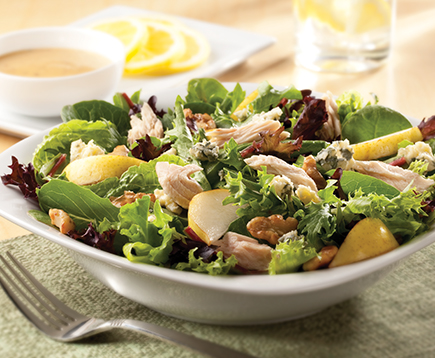
What’s up with the Nutrition Facts Label?
I noticed all the nutritional information on my favorite tuna can has completely changed! Why are there more calories than there used to be? What is going on?
It’s true, you are starting to see some major changes to how the nutrition information on your food labels appear, but the tuna cans have more changes than many other products.
In 2016 the Food and Drug Administration (FDA) issued new regulations on how food products will need to be labeled. This is the first major update since the nutrition label was implemented in 1990. The changes are being made to make the label easier to read and provide more realistic portion sizes for some products.
Below is a summary of some of the changes you will see and how they will affect your favorite tuna and salmon products.
The Label:
The way the nutritional information is displayed on the label is changing (see graphic below):
- You may have noticed that the calorie call out is much larger and easier to read.
- The number of servings per container is also larger. This is to help draw your attention to how many servings are in a product.
- There is an additional line for the amount of Added Sugars in the product. This was added to help you easily determine how much sugar was added versus what is naturally found in the food. FDA also set a Daily Value for added sugars of 50 grams. You will also be able to see how much a product contributes to your daily intake.
- You will no longer see the amount of Vitamin A and C in a product. They have been replaced with Vitamin D and Potassium. Both, Vitamin D and Potassium are nutrients most American’s don’t get enough of, so to add them to the nutrition label will hopefully help increase our intake and reduce the risk of many diseases.

Some products also now have two columns of nutrient values. The first column lists the amount for a single serving and the column next to it for the amount in a full container. You will see this on products that contain 2 -3 servings. This is just to make you more aware of how much you are eating if you decide to eat the whole package.

Serving Sizes:
FDA sets the serving size for all packaged food products and the nutritional information is based on the labeled serving.
When FDA reviewed the serving sizes they felt that many food categories required updating to more realistic sizes. This was based on research indicating that consumers are eating larger portions. The serving size for canned meats and seafood increased from 2 oz. to 3 oz. So, all nutrients on the nutrition label have increased accordingly.
In addition, FDA provides rules for what is considered a "single serving" container. If a product contains less than 200% of a serving size, it is considered “1 serving”. The thought is that most consumers will eat the entire container rather than a portion of it.
Since a 5 oz. tuna can contains 4 oz. after draining, and that is less than 200% of a 3 oz. serving, these cans are now labeled as one serving. The nutritional amounts are much larger than what you are used to. Keep in mind, the product has NOT changed – just the way it is labeled. So if you only ate ½ a can before, the nutrition information is the same. If you ate the full can, now you know what you are eating without having to do math in your head!
These are a few of the changes you may start seeing on your food packages. It is designed to make it easier for you to know what you are eating but it may be confusing while you get used to the changes!
Please email us if you see something you aren’t sure about and we’ll get back to you as quickly as possible! Dietitian@starkist.com






